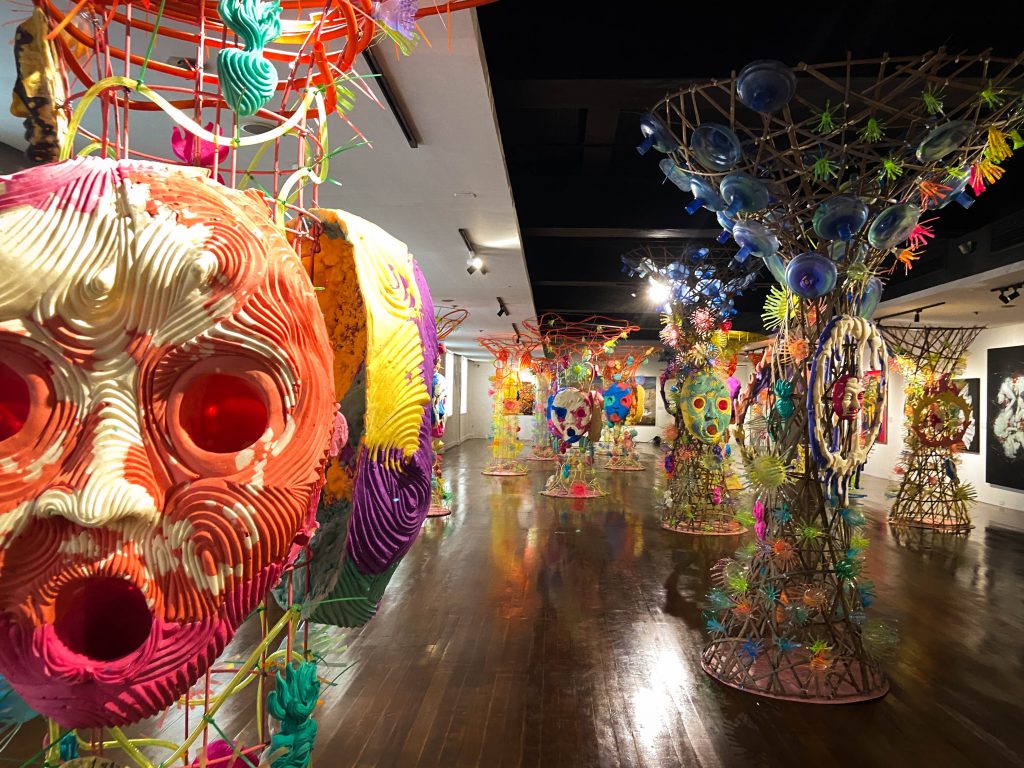Archaeology in the spirit of Christmas: The bronze bell from Kalanay Cave

As we draw nearer to the peak of the holiday season, join us in unwrapping yet another archaeological treasure as this week’s #TrowelTuesday features a bronze bell from Kalanay Cave, Masbate!
The church bell has always been a popular Christmas symbol. In Christian tradition, the ringing of bells serves as a call to the community and signals the start of the Simbang Gabi (Night Mass) and Misa de Gallo (Midnight Mass).
Did you know that there are bells recovered from archaeological sites in the Central Philippines?
The Kalanay Cave site is a small burial cave located in Aroroy, Masbate Island. Archaeological investigations were conducted in the 1950s by the late Wilhelm Solheim II, an American anthropologist and archaeologist who pioneered the excavations on Masbate Island. The cave contained large quantities of pottery, stone and iron tools, and some fragmentary skeletal remains.
Potteries in various forms, shapes, and decorations were present in the cave, and most were classified as Kalanay. The majority of the Kalanay potteries are plain, while some of the decorated vessels are incised, impressed, and slipped. Jars vary in size, while bowls have a rounded bottom or a ring foot. Interestingly, a bell was also found inside the Kalanay Cave. The small, thinly encrusted bell is made of bronze and measures 27 mm in length and 12.5 mm in diameter. It has a loop top (with a 2-mm opening) and a free-swinging clapper inside, attached to a bar from the bottom of the bell.
Only little can be inferred about the life of the people who used the Kalanay Cave. Four individuals were likely interred in the cave, and one was below 18 years of age. Associated finds, other than pottery, are shell artifacts, nephrite adze, tektite, jade beads, and a number of metal artifacts including the bronze bell. There was no indication that the cave was inhabited; thus, it is classified as a burial site.
See some of the distinct Kalanay earthenware pottery by visiting the “Palayok: The Ceramic Heritage of the Philippines” exhibition at the National Museum of Anthropology. We are open Tuesdays to Sundays, from 9 AM to 6 PM. Admission is FREE!
#NationalMuseumPH #BronzeBell #KalanayCaveSite #UnwrappingThePast #Aroroy #Masbate

























